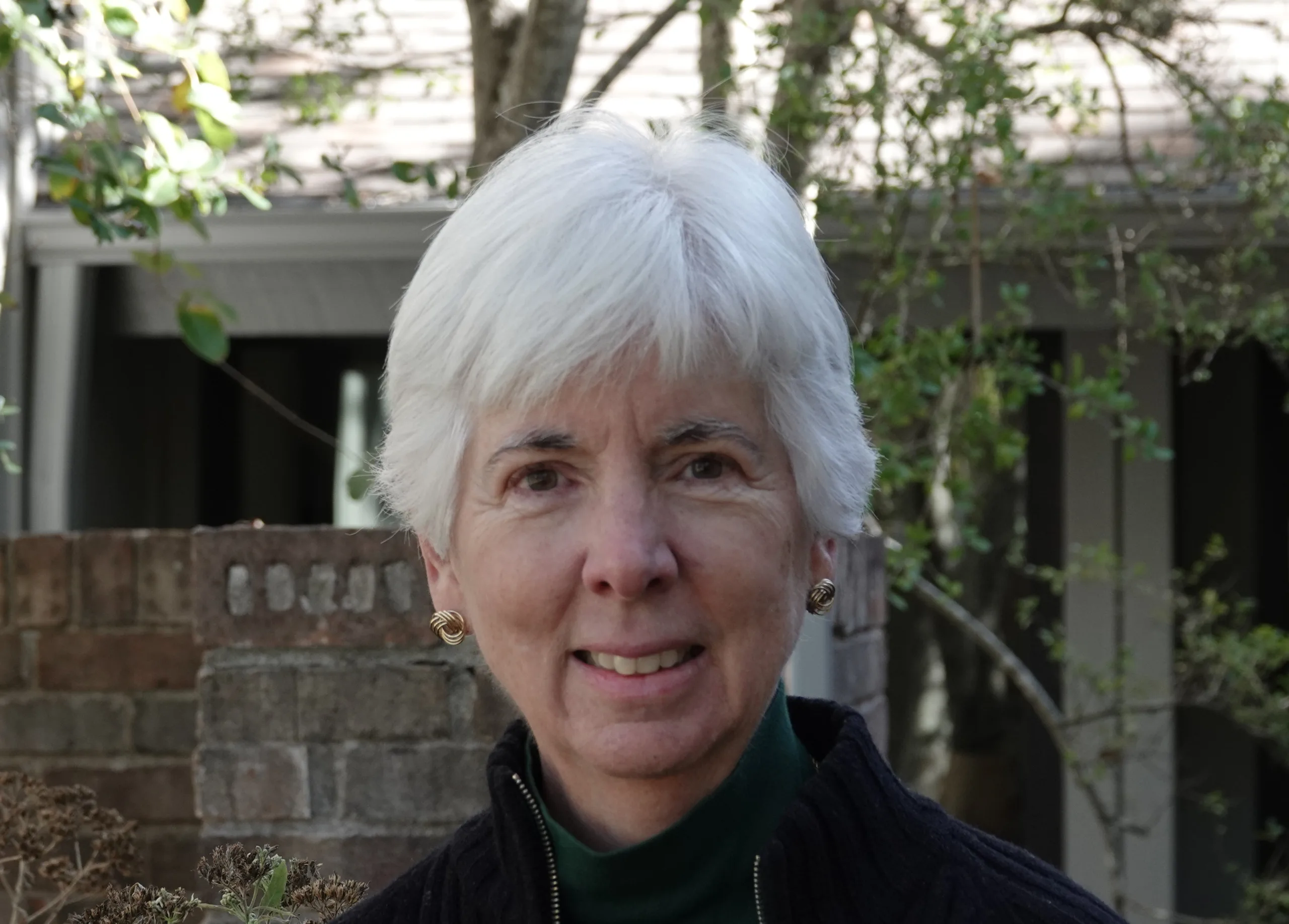Jane Tillman is a retired University of Texas lecturer in Nutritional Sciences whose twin passions are birds and native plants.
She is an active member of the Travis Audubon Society where she is the co-chair of the Speakers Bureau and Program Committee, a member of the Education Committee, and leads field trips. She teaches beginning backyard birding classes and gives talks about Central Texas birds and gardening for birds to garden clubs, neighborhood associations, bird festivals and libraries. Jane teaches a Birds of Central Texas class for the local non-profit Lifetime Learning Institute. She also teaches for the Native Landscape Certification Program, and helped create the NLCP Landscape for Birds class. She writes a monthly bird forecast blog post for a local TV station.
Jane gardens for wildlife, and has a Best of Texas Backyard Wildlife Habitat. She has 98 species of birds on her yard list. Jane is a past president of the Native Plant Society of Texas, Austin chapter. Typical talks she gives are on Gardening for Birds, Putting out the Welcome Mat for Backyard Birds (with feeders, water and native plants), Owls of Central Texas, Ducks and Wading Birds, Bird Migration, Backyard Birds, and Birds of Central Texas.




